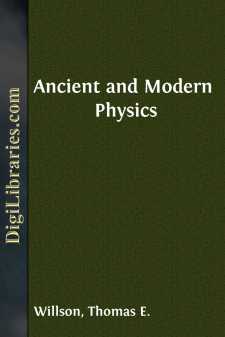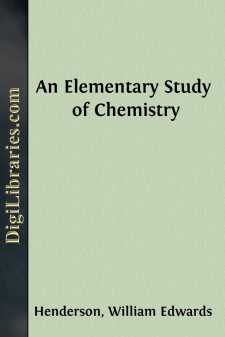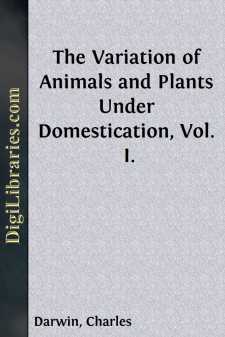Categories
- Antiques & Collectibles 13
- Architecture 36
- Art 48
- Bibles 22
- Biography & Autobiography 813
- Body, Mind & Spirit 142
- Business & Economics 28
- Children's Books 17
- Children's Fiction 14
- Computers 4
- Cooking 94
- Crafts & Hobbies 4
- Drama 346
- Education 46
- Family & Relationships 57
- Fiction 11829
- Games 19
- Gardening 17
- Health & Fitness 34
- History 1377
- House & Home 1
- Humor 147
- Juvenile Fiction 1873
- Juvenile Nonfiction 202
- Language Arts & Disciplines 88
- Law 16
- Literary Collections 686
- Literary Criticism 179
- Mathematics 13
- Medical 41
- Music 40
- Nature 179
- Non-Classifiable 1768
- Performing Arts 7
- Periodicals 1453
- Philosophy 64
- Photography 2
- Poetry 896
- Political Science 203
- Psychology 42
- Reference 154
- Religion 513
- Science 126
- Self-Help 84
- Social Science 81
- Sports & Recreation 34
- Study Aids 3
- Technology & Engineering 59
- Transportation 23
- Travel 463
- True Crime 29
Ancient and Modern Physics
Description:
Excerpt
Chapter One
The Physical Basis if Metaphysics
The Hindu system of physics, on which the metaphysical thought of the East is based, does not in its beginnings differ widely from the latest physics of the West; but it goes so much farther that our physics is soon lost sight of and forgotten. The Hindu conception of the material universe, taken from the Upanishads and some open teaching, will serve for an illustration. They divide physical matter into four kinds—prakriti, ether, prana, and manasa—which they call "planes." These differ only in the rate of vibration, each plane vibrating through one great octave, with gulfs of "lost" octaves between. The highest rate of vibration of prakriti is measured by the thousand, the lowest of the ether by trillions, and the lowest of prana by—never mind; they have, and we have not, the nomenclature.
The earth, they teach, is a globe of prakriti, floating in an ocean of ether, which, as it has the sun for its center of gravity, must necessarily be a globe. This etheric sun-globe has a diameter of over 300,000,000,000 miles. All the planets revolve around the sun far within its atmosphere. The etheric sun-globe revolves on its axis once in about 21,000 years, and this revolution causes the precession of the equinoxes. This etheric sun-globe is revolving around Alcyone with other etheric globes having suns for their centers and solar systems of prakritic globes within them in a great year of 5,640,000,000 of our common years. Its orbit has a diameter of 93,000,000,000,000,000 miles.
Beyond the etheric globes, and between them, is a third form of matter called prana, as much rarer and finer than the ether as the ether is rarer and finer than prakriti. As this prana has Alcyone for a center of gravity, it is necessarily a globe; and there are many of these pranic globes floating in a vast ocean of manasa—a form of matter as much finer than prana as prana is finer than ether, or ether than prakriti. With this manasa (which is a globe) the material, or physical, universe ends; but there are spiritual globes beyond. The material universe is created from manasa, downward, but it does not respond to or chord with the vibration of the globes above, except in a special instance and in a special way, which does not touch this inquiry.
The physical universe of the ancient (and modern) Hindu physicist was made up of these four kinds or planes of matter, distributed in space as "globes within globes."
Professor Lodge in 1884 put forth the theory that prakriti (physical matter) as we call it, was in its atoms but "whirls" of ether. Since then speculative science has generally accepted the idea that the physical atom is made up of many cubic feet of ether in chemical union, as many quarts of oxygen and hydrogen unite chemically to make a drop of water. This is an old story to the Hindu sage. He tells his pupils that the great globe of manasa once filled all space, and there was nothing else. Precisely as on this earth we have our elementary substances that change from liquids into solids and gases, so on this manasic globe there were elementary substances that took the form of liquids, solids and gases....







